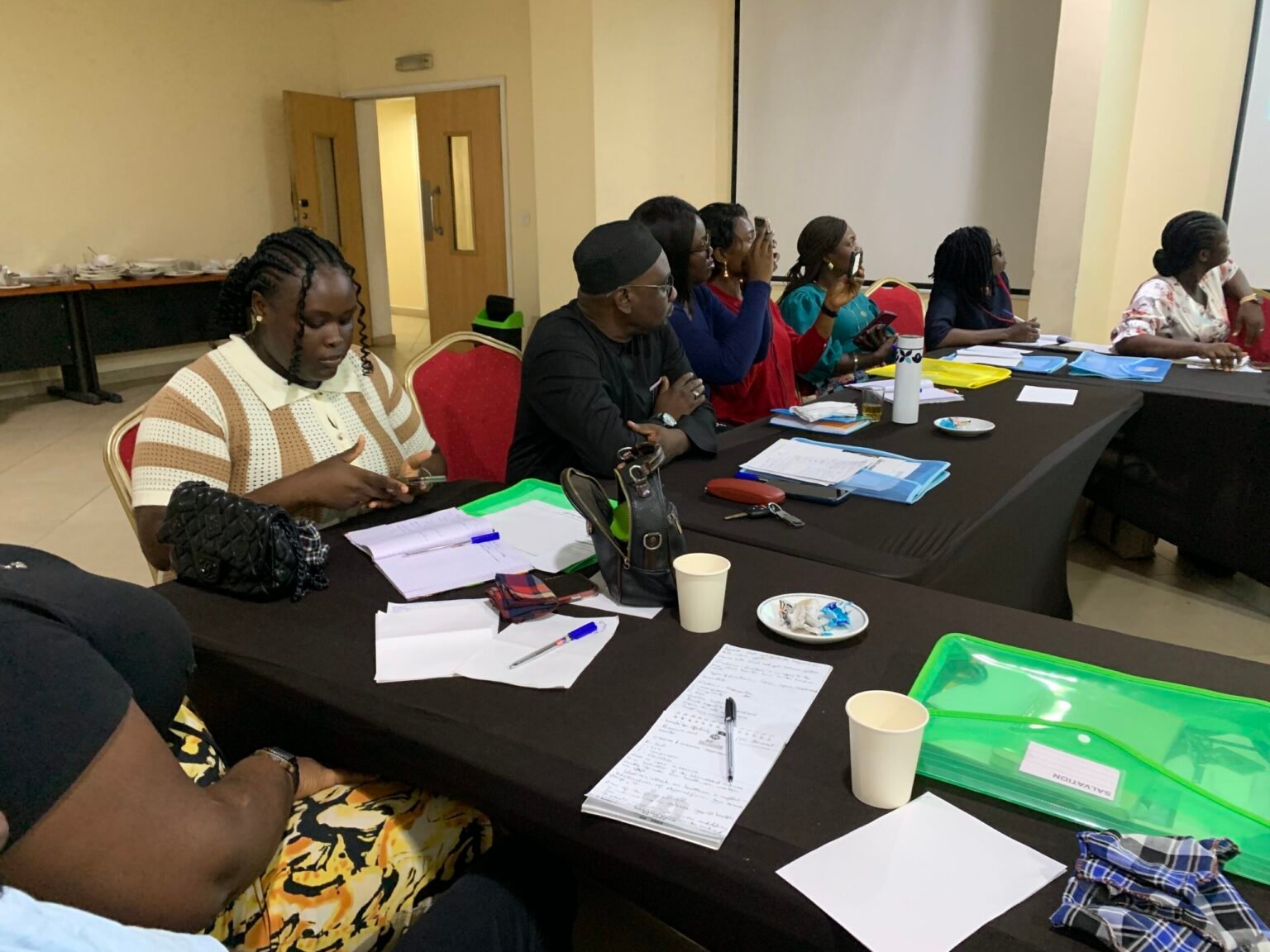The Red Cross Society has raised alarm over the widespread misuse of its emblem, warning that improper usage could have severe- sometimes fatal consequences.
Speaking during a media training in Lagos on Wednesday, Daniel Edebor, a first aid and pre-hospital trainer from the International Committee of the Red Cross (ICRC) said the emblem, which is reserved for the ICRC, Red Cross societies, and authorised medical services, is being used for general or decorative purposes.
“We urge the public to stop misusing the emblem, because in some cases, correct usage could literally be the difference between life and death,” Mr Edebor said.

He said the Red Cross emblem has two distinct uses: indicative and protective.
He explained that the small emblems worn on vests during events indicate affiliation with the Red Cross, while large emblems used during armed conflict signal neutrality and humanitarian presence.
Mr Edebor said hospitals and pharmacies have their own distinct emblems and should not use the Red Cross symbol, adding that misuse of the emblem can undermine its protective value and put lives at risk.
Training
For three days, Mr Edebor and his colleagues trained 25 Lagos-based journalists on how to respond to medical emergencies before the arrival of the doctor or ambulance.
The trainees were taught, amongst others, how to help an unconscious person, how to stop bleeding, help a victim of fractured bone and when and how to apply cardiopulmonary resuscitation also known as CPR.
Mr Edebor noted that journalists were selected this time because they are often on the frontlines.
“While performing their duties—gathering news and covering a range of challenging situations—they are at risk of injury, especially in conflict zones or during emergencies,” he said.
“That’s why we felt it was important to build their capacity, so they can help themselves, their colleagues, or even members of the public who may be injured in such circumstances. That is the primary reason for this training.”
He urged the trainees to ensure their safety first, before attending to anyone and also make sure the environment is safe.
He encouraged them to share their knowledge with their colleagues, families, and friends.
“That way, if they themselves are ever injured, there’s someone nearby who knows what to do and can help them,” he said.
On his part, Aliyu Dawobe, ICRC’s public relations officer told journalists that the training is in two batches.
“In this training, we have two batches. We are training 50 journalists from over 20 media organisations in a three-day first aid training programme,” he said.
READ ALSO: PT Health Watch: Why reusable pads may not be sustainable for many Nigerian girls – Expert
Feedbacks
Abdulrahman Salihu, one of the participants told PREMIUM TIMES, that the training is a “valuable experience.”
Mr Salihu said he often finds himself in challenging environments but having gone through the training he feels empowered and better equipped to render help if the need arises.
Another participant, Folan Cole, said he now has the basic knowledge about first aid treatments.
Mr Cole noted that the programme is an opportunity and he is “happy and grateful,” to have participated.
Read the full article here


